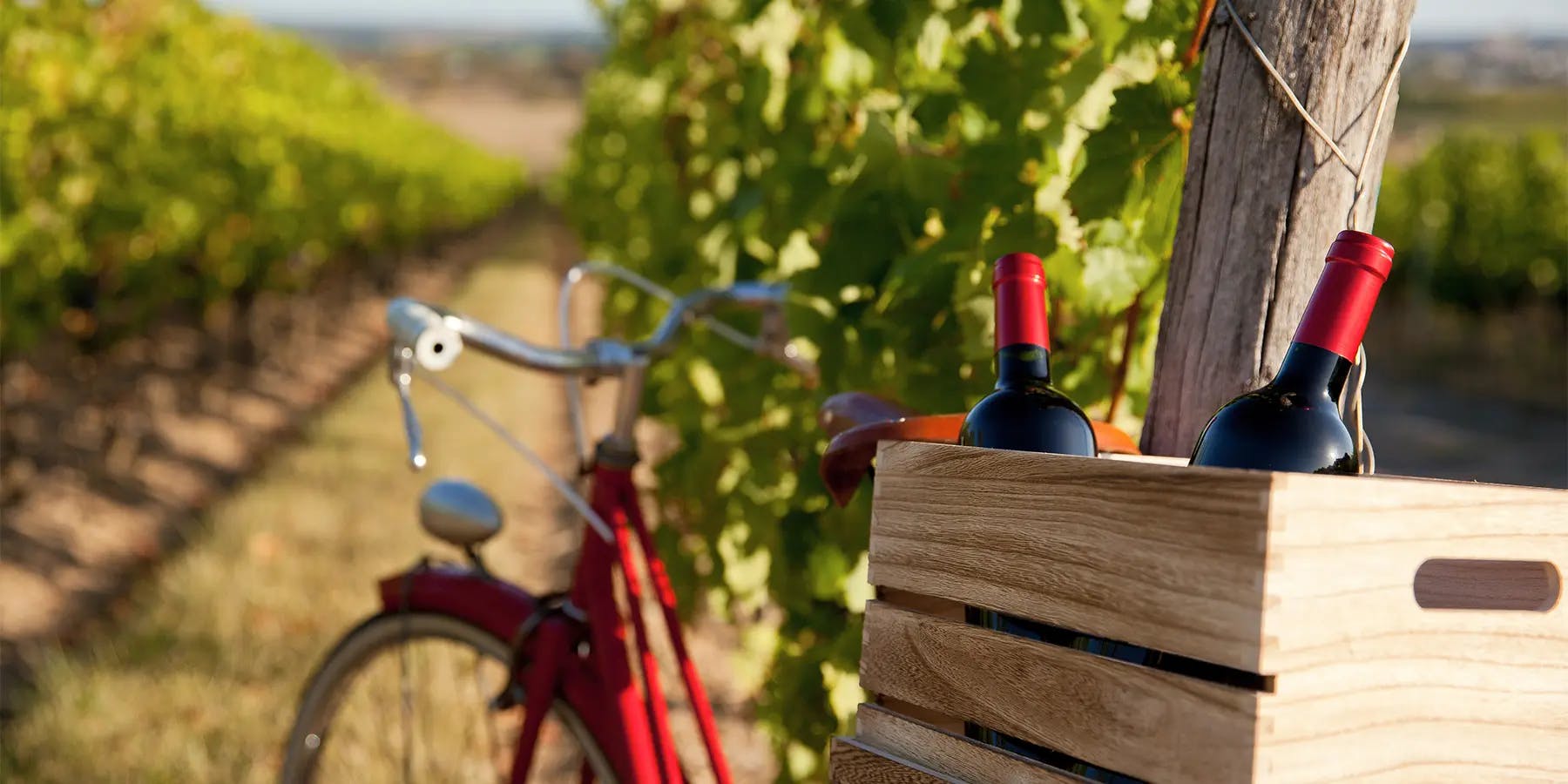- Wine world
Understanding the influence of soil on the taste of wine
- Mon, Jan 22, 2024 at 18:00

Terroir: a complex marriage of soil, climate and traditions
Terroir is not simply a piece of land where vines grow. It's a holistic concept that takes into account a multitude of factors. Soil, of course, is a key element. Different types of soil, such as limestone, clay, shale and sand, confer distinct characteristics on the wine. For example, chalky soils can bring a pronounced minerality to white wines, while clay soils can give a denser structure to red wines.
Climate is another crucial element of terroir. Variations in temperature, humidity and sunshine affect the growth of the grapes and influence the ripening of the fruit. These unique climatic conditions contribute to a wine's unique personality. Wines produced in warm regions, such as Chardonnay from California, can be richer in fruit and alcohol, while those from cooler regions, such as Riesling from Alsace, can display lively acidity and more delicate aromas.
As well as soil and climate, local viticultural practices and traditions play an essential role in defining terroir. Growing, harvesting and winemaking methods are often passed down from generation to generation, creating a continuity that is reflected in the unique character of the wines from a given region.
The subtle nuances of soil: how does terroir express itself in wine?
Each type of soil has a specific influence on the wine. Chalky soils, for example, can bring chalky notes and crisp acidity to Burgundy Chablis or champagnes, while clay soils can give the wine a firmer texture and red fruit aromas that can be found in Pomerol Merlots. Soils rich in schist can give distinct mineral aromas to Rhône wines, while sandy soils can produce lighter, more elegant wines such as Malborough Sauvignon Blanc, a wine from New Zealand.
One of the ways in which terroir is most clearly expressed is through the concept of 'goût de lieu' or 'taste of place'. Terroir wines often convey a kind of geographical identity card, reflecting the specific characteristics of the place where the grapes were grown. This ability to convey a sense of place makes terroir wines a rich and nuanced sensory experience.
The importance of terroir diversity
The diversity of terroirs is a blessing for wine lovers, offering an infinite variety of taste experiences. From Burgundy with its limestone soils to the hills of Tuscany with their mix of clay and schist, each region produces wines that capture the essence of their unique terroir. Understanding the influence of soil on the taste of wine is a fascinating journey through the nuances of nature, climate and local traditions. Terroir wines are much more than beverages; they are sensory works of art that celebrate the diversity of the natural world and captivate palates with their rich and complex histories.
The next time you enjoy a glass of wine, take the time to appreciate the terroir behind every sip, and let yourself be carried away by the sensory journey that only the magic of the soil can offer.
